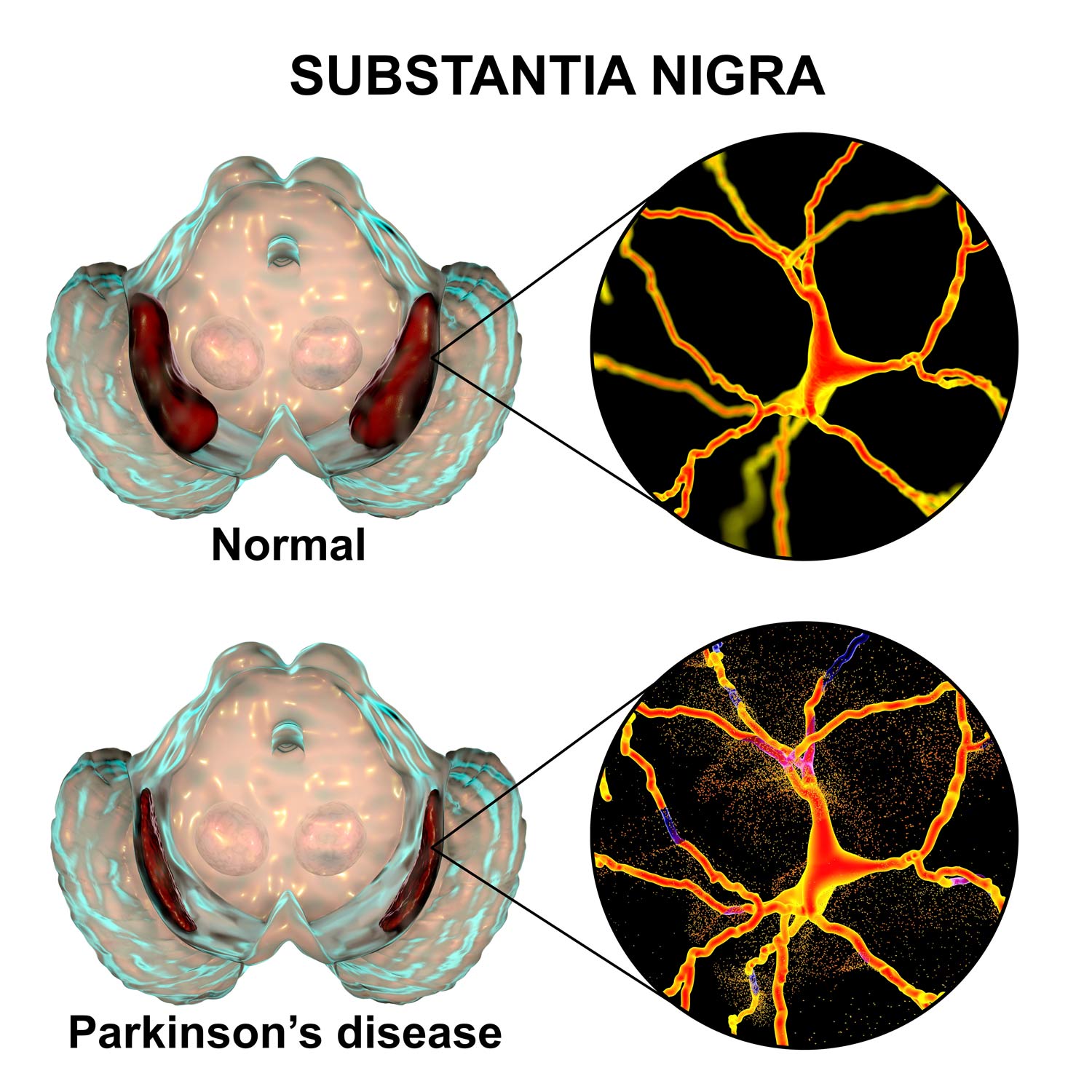 Northwestern University investigators have discovered the molecular signature of a subset of dopaminergic neurons with an increased vulnerability to degeneration. The findings shed light on the mechanisms at play within a small subsection of the brain’s substantia nigra, called the pars compacta, which contribute to the development of Parkinson’s disease and may help identify novel therapeutic targets, according to a study published in the journal Cell Reports.
Northwestern University investigators have discovered the molecular signature of a subset of dopaminergic neurons with an increased vulnerability to degeneration. The findings shed light on the mechanisms at play within a small subsection of the brain’s substantia nigra, called the pars compacta, which contribute to the development of Parkinson’s disease and may help identify novel therapeutic targets, according to a study published in the journal Cell Reports.
“This provides a better understanding into the neuronal diversity within the substantia nigra and why some cohorts may be more vulnerable than others. In doing so, it might provide a better understanding of the degenerative underpinnings of Parkinson’s disease,” said senior author Rajeshwar Awatramani, PhD, professor in the Division of Movement Disorders.
A hallmark of Parkinson’s disease is degeneration of the brain’s substantia nigra, a midbrain structure containing dopaminergic neurons which serves a critical role in reward response and movement. Parkinson’s disease is characterized by selective loss of dopaminergic neurons in the substantia nigra’s ventral tier, while dopaminergic neurons in its dorsal tier are generally untouched.
For this study, the team performed immunofluorescence staining on post-mortem samples from patients with Parkinson’s disease and discovered that ventral dopaminergic neurons express different molecular signatures than dorsal dopaminergic neurons. Specifically, ventral dopaminergic neurons express the transcription factor Sox6 and are enriched in mitochondrial pathways such as mitochondrial biogenesis and electron transport, which may increase vulnerability to degeneration.






